
Positive and Reward-Based Dog Training Schools
By Sally Gutteridge | Posts , Training
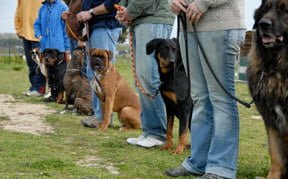 According to the American Veterinary Society of Animal Behavior, punishment should not be used as a primary approach to dog training.1 When an animal is punished, it indicates that the dog knew exactly what was expected of him and disobeyed on purpose. But in most cases, dogs are simply confused and have not been given the proper reinforcement to behave well in the first place.
According to the American Veterinary Society of Animal Behavior, punishment should not be used as a primary approach to dog training.1 When an animal is punished, it indicates that the dog knew exactly what was expected of him and disobeyed on purpose. But in most cases, dogs are simply confused and have not been given the proper reinforcement to behave well in the first place.
A dog cannot be successfully trained when he is constantly afraid of making a mistake.
With that being said, choosing a dog training school that uses positive reinforcement can make a world of difference in successfully training your pet. When your dog is rewarded for good behavior, he will make a positive association with the actions he just performed. Once your dog understands that he will be given a treat or reward for good behavior, he will naturally want to repeat the action again and again because of the positive reinforcement.
When you are looking for a dog training school, it’s critical that you understand this concept. There are many dog training schools online and in your local area to choose from, but the style of training that a school uses will determine whether or not your dog can learn new, good behaviors in a short amount of time.
How to Find Positive Dog Training Schools
If you have already started looking online for dog training schools in your area, make sure that you are searching specifically for keywords like “positive”, “rewards”, and “reinforcements”. You can’t just assume that a dog training school will use positive reinforcement. You must actively seek out local dog training schools that use rewards-based training methods to ensure that your dog is in good hands.
Observe a Class
If you still have questions about the style of teaching that a dog training school uses, ask to observe one of their classes in progress. This will give you the chance to understand the process that a training school implements to reward good behavior and discourage negative behavior in a pet.
All methods used by dog training schools should be humane and positive.
It’s also important that class sizes in dog training schools are small enough to provide each dog with the individual attention that they need. If a class is large, it is essential that a dog trainer has multiple assistants to observe and facilitate training in the class.
Most importantly, look for dog training schools that have an attentive, respectful trainer leading the class. Any trainers that use physical force, like pushing, alpha rolling, choking with a collar, or hitting, should be avoided at all costs. Additionally, watch for trainers that talk down to pet owners whose dogs aren’t making progress. A trainer must be patient and willing to use positive techniques to give a dog the opportunity to learn new associations with good behavior.
Here are a few more questions that you can ask yourself when observing classes at dog training schools:
- Are the dogs happy, or do they look stressed?
- Are the pet owners talking to their dogs in positive, happy voices, or are they scolding and yelling?
- Are the dogs’ tails wagging and upright or tucked between their legs?
These visual cues will help you better understand what type of environment a dog training school is creating. Even if a school claims to use positive reinforcement training, if a class environment feels negative, tense, or harsh, it should be avoided.
Finally, take a moment to talk with current students after class. This is your opportunity to get testimonials and receive personal recommendations. Ask students how they are enjoying the class and how they feel that their dogs have progressed so far.
If the pet owners and dogs appear happy and comfortable in a training class and give you their recommendation, then congratulations – the odds are that you have found a positive training class to teach your dog good behavior!
Sources:
1. “American Veterinary Society of Animal Behavior.”www.avsabonline.org. N.p., n.d. Web. 29 Nov. 2011.

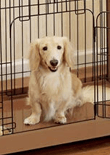
 The ultimate goal of crate training should be to provide your dog with a safe, cozy, and content environment that they can go to throughout the day and to sleep in at night. Once you acclimate your dog through crate training, it will also make it easier to travel and transport your dog to the groomer or the vet.
The ultimate goal of crate training should be to provide your dog with a safe, cozy, and content environment that they can go to throughout the day and to sleep in at night. Once you acclimate your dog through crate training, it will also make it easier to travel and transport your dog to the groomer or the vet.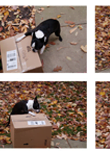
 What is Clicker Training? Simply put, clicker training is an easy and effective animal training method that has become popular over the past ten years because of its gentle approach. Clicker training is also often referred to by its scientific name: operant conditioning.
What is Clicker Training? Simply put, clicker training is an easy and effective animal training method that has become popular over the past ten years because of its gentle approach. Clicker training is also often referred to by its scientific name: operant conditioning.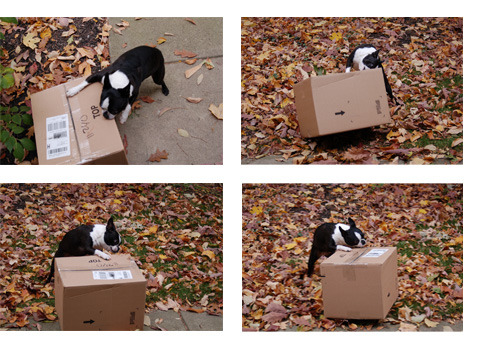
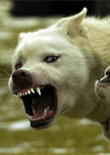
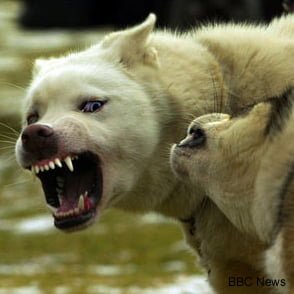 When you talk to another person in day-to-day life, you pick up on hundreds of body language cues without even realizing it. But did you know that your dog gives off the same cues regarding their temperament, mood, and behavior by using their body language?
When you talk to another person in day-to-day life, you pick up on hundreds of body language cues without even realizing it. But did you know that your dog gives off the same cues regarding their temperament, mood, and behavior by using their body language?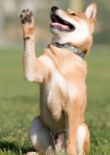
 Bringing a puppy home for the first time is a fun and exciting occasion. That is, until reality sets in, and you realize that you have quite a bit of work on your hands when it comes to house training and stopping a brand-new puppy from chewing and barking.
Bringing a puppy home for the first time is a fun and exciting occasion. That is, until reality sets in, and you realize that you have quite a bit of work on your hands when it comes to house training and stopping a brand-new puppy from chewing and barking.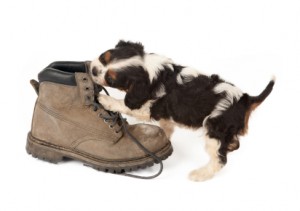 Chewing: If your puppy is playful and spends time playing with its new toys, you can use that opportunity to reinforce. Give a treat and lots of praise and petting to show your puppy that its good behavior has been rewarded.
Chewing: If your puppy is playful and spends time playing with its new toys, you can use that opportunity to reinforce. Give a treat and lots of praise and petting to show your puppy that its good behavior has been rewarded. Housetraining: The only way to stop a puppy from soiling in the house is to catch it in the act. This is then the opportunity to punish by startling the puppy in the same way with an “AHH!” word and then take it outside. Once the puppy successfully uses the toilet outside, it should be rewarded with a treat, praise, and petting each time.
Housetraining: The only way to stop a puppy from soiling in the house is to catch it in the act. This is then the opportunity to punish by startling the puppy in the same way with an “AHH!” word and then take it outside. Once the puppy successfully uses the toilet outside, it should be rewarded with a treat, praise, and petting each time.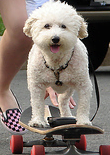
 Teaching your dog new tricks might not be the easiest thing in the world, but it’s highly beneficial to you and your dog. Teaching your dog new tricks can help strengthen your relationship with your beloved pet in many ways. Below are some great reasons why you should start teaching your dog new tricks.
Teaching your dog new tricks might not be the easiest thing in the world, but it’s highly beneficial to you and your dog. Teaching your dog new tricks can help strengthen your relationship with your beloved pet in many ways. Below are some great reasons why you should start teaching your dog new tricks.

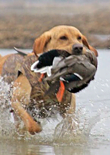
 Hunting dogs have 25 times more smell receptors than humans do and can smell odors at concentrations that are 100 million times lower than what we can. This great sense of smell is what enables hunting dogs to hunt very well in the wild. We all know that domesticated dogs get their food from their owners, but how do hunting dogs in the wild hunt for their food?
Hunting dogs have 25 times more smell receptors than humans do and can smell odors at concentrations that are 100 million times lower than what we can. This great sense of smell is what enables hunting dogs to hunt very well in the wild. We all know that domesticated dogs get their food from their owners, but how do hunting dogs in the wild hunt for their food?
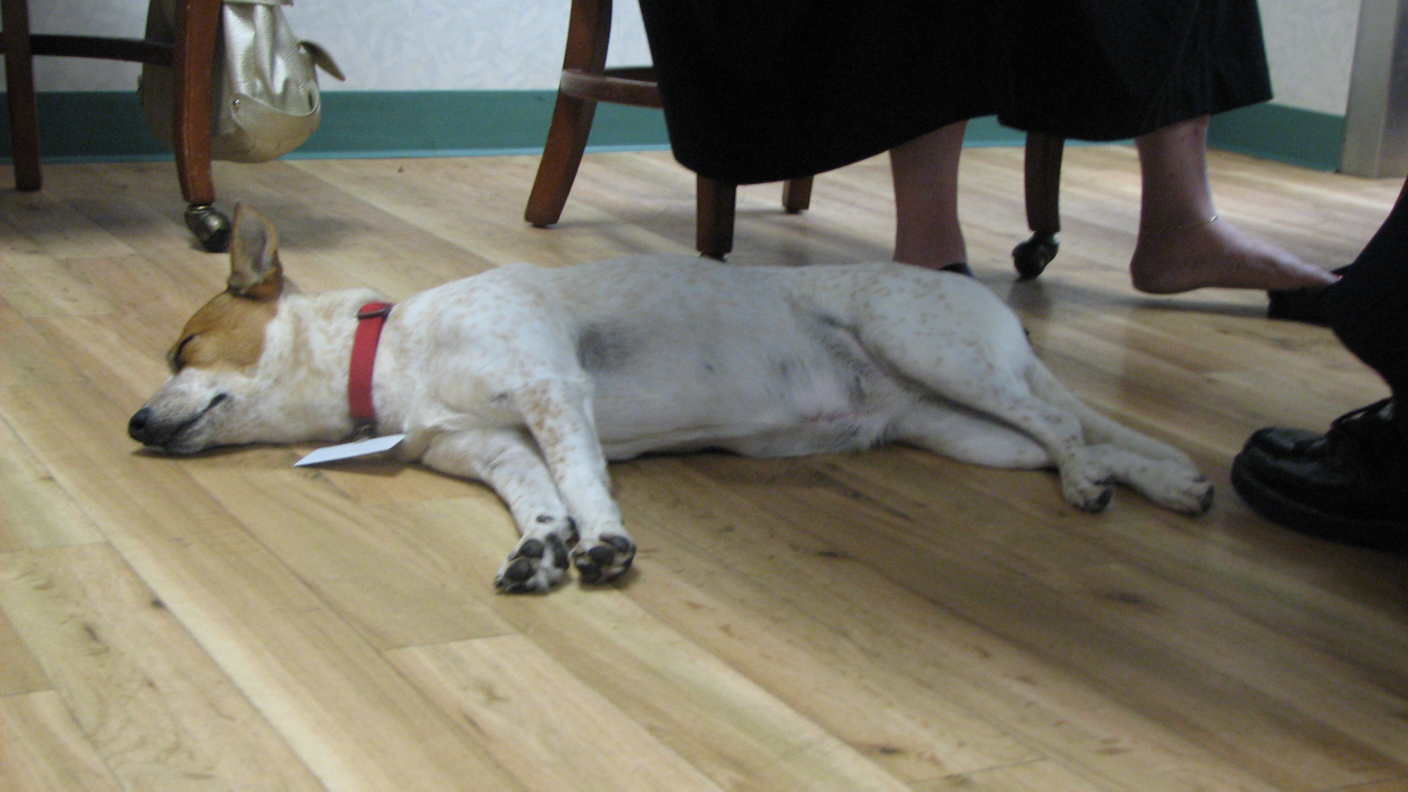

 Are you a new dog owner looking for information on how to take care of a dog? I have written this short article specifically for you so that you can give him the care and love that he needs to thrive in your home and bring you as much joy as possible.
Are you a new dog owner looking for information on how to take care of a dog? I have written this short article specifically for you so that you can give him the care and love that he needs to thrive in your home and bring you as much joy as possible.